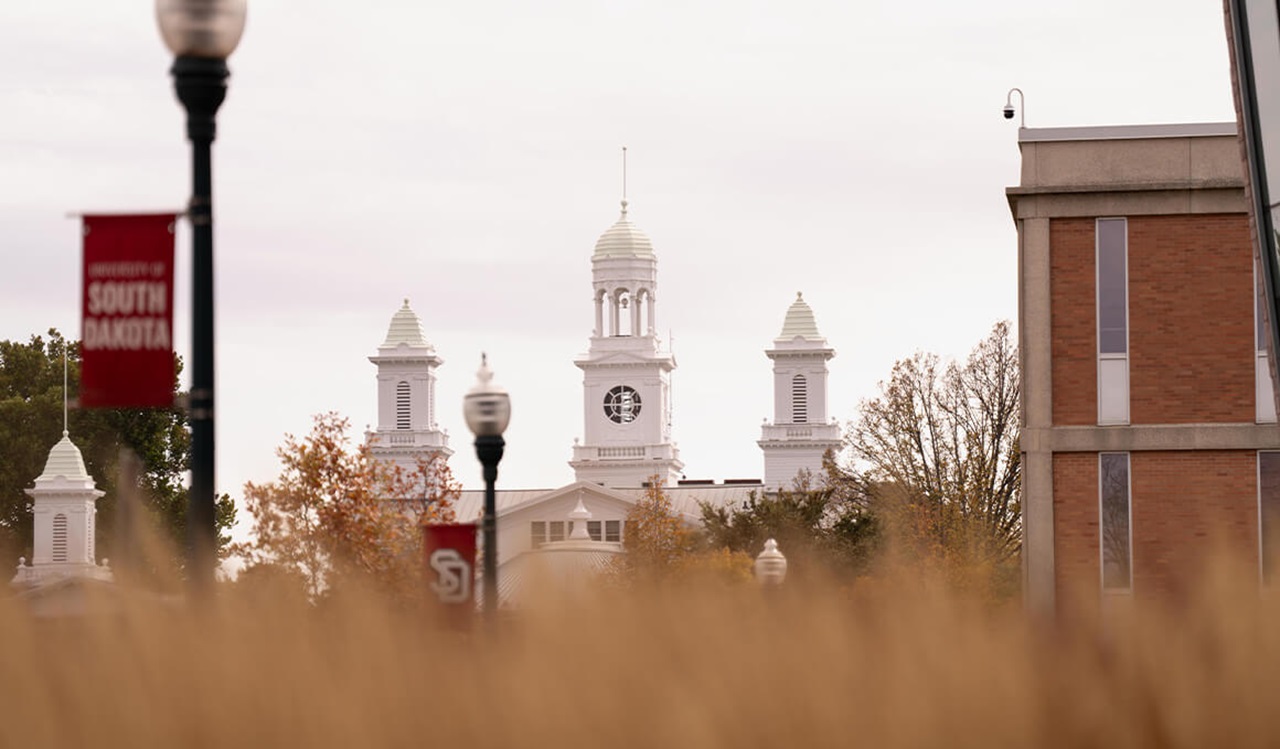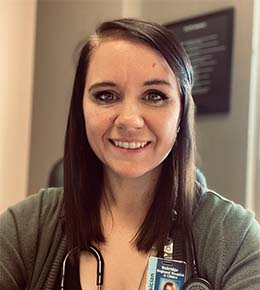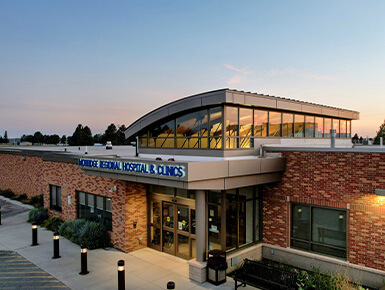A Frontier Physician

The last 24 hours have been long, marked by late-night deliveries, early-morning complications, and two back-to-back trauma codes. This last patient, who had been thrown from a horse, is now stable and safely tucked away in CT. The whole time, Dr. Boden never once wavered. When she turns to look at me, I think the whole world pauses to listen to our conversation.
“To work out here, you have to be willing to do a little bit of everything,” she declares softly. “It’s easy to doubt yourself. To ask yourself, ‘Am I really the person who’s meant to do this? Am I good enough?’”
After watching her seamlessly transition from obstetrics to pediatrics, then to emergency medicine, the thought hadn’t occurred to me until just now that maybe, in the not-so-distant past, she might have felt exactly how I do right now: overwhelmed by all the uncertainty. She smiles at me in the quiet of the moment, in the aftermath of lives saved.
“But if we don’t do it, who will?” she asks. “The key is to get comfortable with being uncomfortable.”
“Get comfortable with being uncomfortable” seems to be the mantra of the rural medicine doctors in Mobridge, South Dakota. Shared small-town values of resilience and determination shaped Dr. Boden's childhood and now shape her practice as a family physician. Growing up in Timber Lake, South Dakota, a “town of 417 people with no stop lights and one paved road,” she always knew she wanted to return and practice in her home community.
“I wanted to stay rural and help the people of rural communities,” she explains. “They are in desperate need of health care providers.”
After receiving her M.D. from the USD Sanford School of Medicine, Dr. Boden completed her residency at Saint Joseph Regional Medical Center Family Medicine in Mishawaka, Indiana, specializing in family medicine and obstetrics. After residency, she moved back to South Dakota, about 40 miles east of her hometown, where she lives with her husband, three children, two dogs and about two dozen chickens.
She practices at Mobridge Regional Hospital, providing care to Walworth and Campbell counties, as well as the Standing Rock and Cheyenne River reservation communities. The hospital is a cornerstone of the community and has been recognized nationally as a top critical access care hospital in the United States.
Being the only practicing female physician at MRH, Dr. Boden has unique relationships with her patient population. When asked about the advantages of practicing rural medicine, her smile brightens as she describes her community.
“I love that most of my patients know me more than just here in the clinic,” she explains. “They are friends and neighbors.”
She describes the way her role as a physician expands from the clinic and hospital and moves into the school room, the church, the golf course and even the rodeo. In a rural area, everyone is connected.
“This can be a huge advantage as a provider,” she says. “I can understand where the person I am treating is coming from, and what is going to affect their ability to obtain and perform their regular medical care.”
However, one could argue that the beauty of connectivity and community in a rural population is borne from the challenge of isolation. Resources such as transportation, specialty care and even fresh produce and healthy foods are sometimes scarce.
“We have a shortage of counseling and mental health services, nursing home beds, home health and hospice care,” Dr. Boden acknowledges. “The people who live rurally rely more on their families to care for them when they are sick, and people have to wait months to see a specialist and travel hours to get to them.”
For some patients, a specialty referral can mean a 100-mile journey to Bismarck, North Dakota, which can be nearly impossible for those without reliable transportation or family support. For physicians practicing rural medicine, especially those at critical access points, a gas gift card or a good day of weather can mean the difference between life and death.
Additionally, each season brings its own unique celebrations and challenges, many of which are also dependent upon environmental factors.
“We have to worry about planting, harvesting, calving, lambing, haying and spraying season,” Dr. Boden explains. “It’s important to be aware of when a patient simply won’t be able to have scheduled procedures or come in to see their physician.”
Both sleeping schedules and doctor appointments tend to go out the window on the tight timetable of planting and harvest. In addition to the challenges of time, the large patient population of farmers and ranchers often present with chief complaints unique to the season. Whether it be Campylobacter infections during calving season, rodeo traumas in the summer or frostbite in winds of winter, the ER is seldom quiet.
Still, the challenges of rural medicine have succeeded in making Dr. Boden and her fellow Mobridge physicians more resourceful and creative. After the COVID-19 pandemic, a wider acceptance of telemedicine and more robust technological resources have opened doors at MRH that were previously closed.
“Tertiary care centers are more willing to allow ‘curbside’ consultations and scheduling for telemedicine, or squeeze patients into their clinic if we really need them seen right away,” Dr. Boden explains. “We also use our eER system for psych patients, traumas, burns or codes when needed, and offer telemedicine counseling in the clinic.”
When a trauma code is called in the ER, one of the first steps is for someone to slam the bright red button on the wall and get the eER service going, connecting with an online health care professional who observes the code and helps with documentation and assessment. The addition of an extra pair of eyes and ears in the room can mean a world of difference in situations like our back-to-back traumas earlier that day.
But even with the advances in telemedicine, manpower is still sometimes in short supply. MRH runs its own ambulance service, but there is still a constant effort to recruit and grow EMS workers from within the community as rural EMS employees are always needed.
With such a high demand and short supply of health care workers, Dr. Boden explains work-life balance as a process of “compromising where I can but placing tough boundaries when they are needed.” She’ll be the first to rush into the hospital for an unexpected delivery, but she also asks her patients to be understanding when she needs time with her family.
“My children know I love them because we make sure to make time for them,” she remarks. “Sometimes the laundry isn’t always folded and put away nicely, and sometimes there are still dishes in the sink.” She gives a warm smile and a gentle laugh, and her bright blue eyes twinkle just a bit. “It’s all about knowing what really matters.”
The trauma bay is quiet for now, but it won’t be for long. Luckily, the doctors in Mobridge are well-trained in tenacity. Acting not just as physicians, but as pillars of the community, they will make the hard decisions and go the extra mile. They will stand for those who cannot stand for themselves. They will be comfortable with being uncomfortable.
And when the call comes, they will step up, as they always do.
The above story was written by Rebecca Hofer, a student in the USD Sanford School of Medicine Class of 2027.





